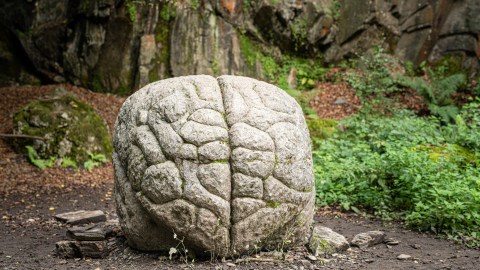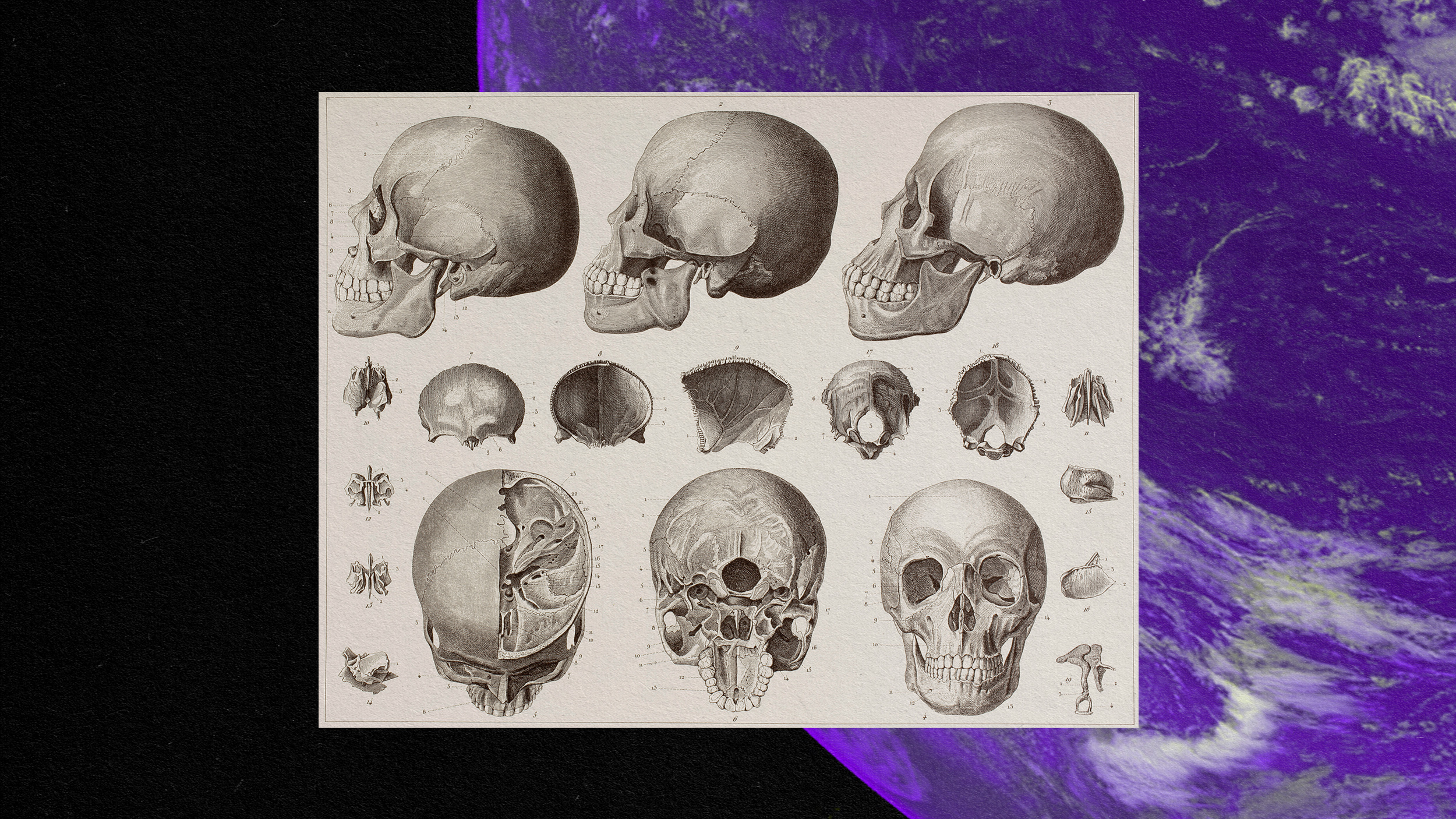A single mutation helped separate human brains from Neanderthal brains

- Expansion of the neocortex was a key event in human brain evolution.
- A gene called TKTL1 differs slightly in humans and Neanderthals.
- This tiny difference, however, might be responsible for differences in the size and shape of human and Neanderthal brains.
How the modern human brain evolved, and how it differs from the brains of Neanderthals and other extinct hominin species, is an open question. Expansion of the neocortex was a key event in human brain evolution, and now researchers in Germany say they have identified a genetic mutation that drove this process.
Anneline Pinson of the Max Planck Institute of Molecular Cell Biology and Genetics in Dresden and her colleagues examined a gene called TKTL1, which is active in immature neurons in the fetal neocortex, and is also implicated in the proliferation of brain tumor cells.
TKTL1 encodes an enzyme consisting of 596 amino acid residues and is one of just a few genes whose DNA sequence differs between humans and extinct archaic hominins. In the Neanderthal genome, residue 317 is the amino acid lysine, but in humans, this has been substituted with arginine. Such seemingly tiny differences can matter greatly.
Pinson and her colleagues analyzed previously published human fetal transcriptome datasets, revealing TKTL1 is expressed in a specific population of neural stem cells in the developing nervous system from nine weeks of gestation onward, and that its levels then increase in the immature frontal lobe, but not other areas. The human fetal TKTL1 protein is a shorter form, however, containing only 540 residues, with the aforementioned substitution at position 261.
TKTL1 is not expressed in the embryonic mouse cortex, but when the researchers inserted the human gene into mouse embryos, it increased the number of stem cells that give rise to frontal cortex neurons, resulting in more newborn neurons at later stages of development. Insertion of the Neanderthal TKTL1 gene had no such effect.
The researchers also inserted human TKTL1 into ferret embryos, which normally express the Neanderthal-like, lysine-containing variant of the gene. This, too, increased the number of neural progenitors and newborn neurons, leading to an expansion of the upper layers of the neocortex.
Conversely, deleting TKTL1 from human fetal brain tissue reduced the number of neural stem cells, and inserting the Neanderthal variant into lab-grown cerebral “organoids” reduced the number of stem cells and neurons derived from them.
Finally, Pinson and her colleagues determined the function of the TKTL1 enzyme. Their experiments showed that it promotes the synthesis of fatty acids that are inserted into the neural stem cell membrane, which are crucial for the outgrowth of their fibers and their proliferation.
These findings show that a mutation in the DNA sequence of the TKTL1 gene, causing a single amino acid substitution in the human protein sequence, is responsible for the observed effects on neural stem cell behavior. The researchers conclude that this simple genomic change may contribute to the differences in size and shape of the human and Neanderthal neocortex.
Not just one gene
Brain development is an extremely complex process, however, and it is highly unlikely that a single genetic event was responsible for evolution of the human brain. Indeed, the process of human brain evolution likely involved many hundreds of genes and multiple different types of genetic events, including changes in non-coding DNA sequences, gene deletions and duplications, “jumping genes,” and other large-scale genomic changes.





